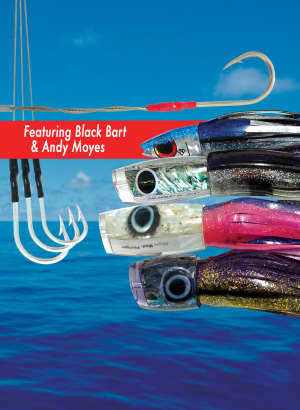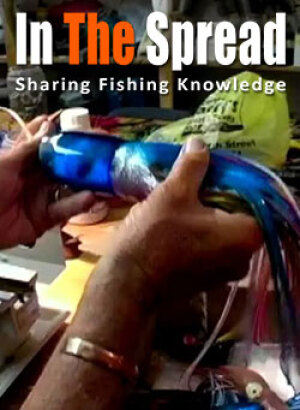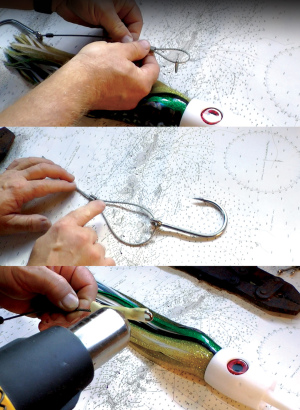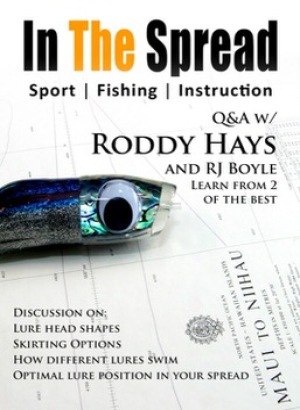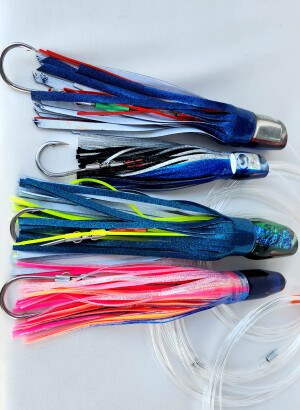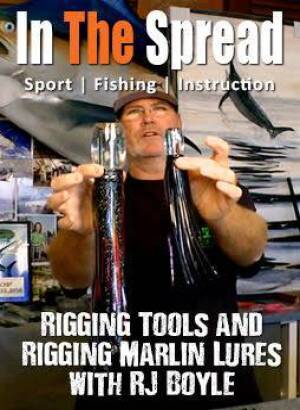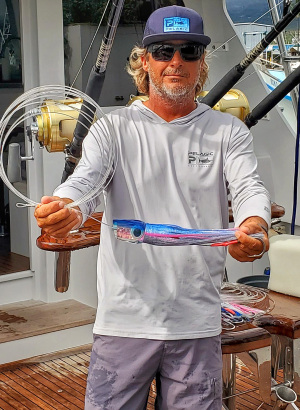Rigging trolling lures has fascinated fishermen for centuries. There are various techniques and components, and there is no one true way to rig them. Videos on offshore trolling lures feature top professionals sharing their methods and thoughts. There are many lure sizes and shapes available for various species, and it's important to experiment and make adjustments as you learn.
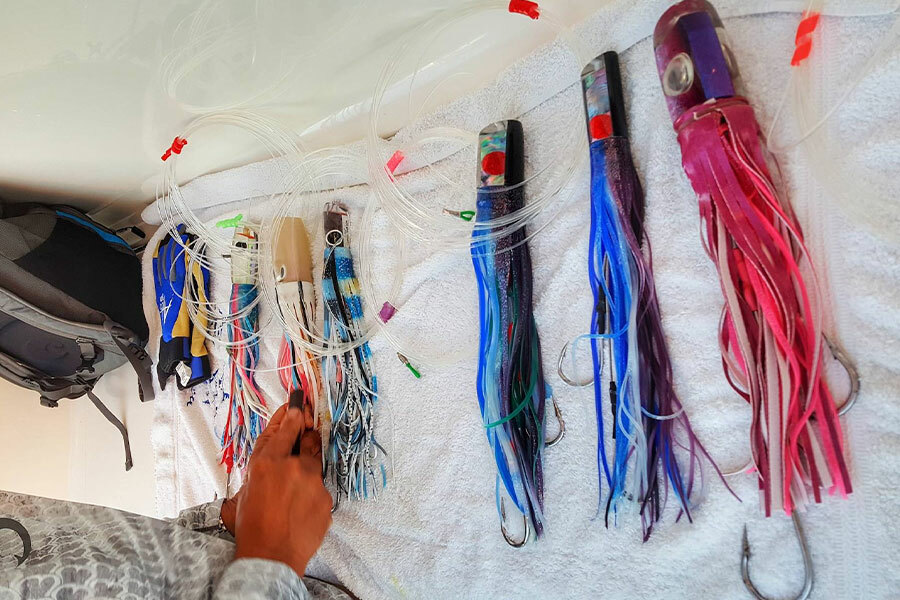
Rigging Trolling Lures - Start With Quality Lure Heads
The Evolution of Offshore Fishing Techniques and Lure Rigging
The practice of rigging trolling lures has a fascinating history in the world of offshore fishing. It's remarkable how early anglers fashioned crude yet effective lures from wood or pipe, attached simple skirts and hooks, and successfully landed impressive gamefish. This tradition of innovation continues today in the specialized world of marlin trolling and other offshore fishing pursuits.
Learning from the Experts
When I began my journey into rigging trolling lures, I sought wisdom from the most accomplished offshore anglers I could find. I wanted to understand every component, every technique, and every nuance that contributed to a successful rig. Even after producing multiple videos featuring top professionals sharing their marlin trolling methods, I continue to discover new insights with each conversation.
The Beauty of Diverse Rigging Techniques
One of the most intriguing aspects of offshore fishing is that success can be achieved through various rigging approaches. There truly is no single "correct" method for rigging trolling lures. The diversity of techniques reflects the creativity and adaptability of serious offshore anglers:
- Some prefer single hooks while others swear by doubles
- Leader material choices vary based on target species and conditions
- Hook positioning relative to skirt length creates different actions
- Stiff versus flexible rigs produce distinct movements in the water
The Critical Importance of Quality Lure Heads
- Run true in various sea conditions
- Create realistic baitfish movements
- Maintain their action at different trolling speeds
- Generate the right bubble trail to attract predators
- Withstand the powerful strikes of offshore gamefish
Investing in Excellence
Testing Your Trolling Spread
Once you've learned a proven technique for rigging trolling lures and perfected your approach, the next critical step is testing how they swim. Observe your rigged lures behind your boat in various conditions:
- Position them on different wave patterns
- Test performance in both calm and rough seas
- Adjust your spread setup based on these observations

